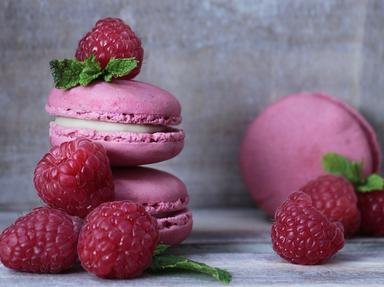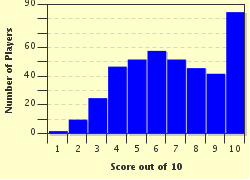Quiz Answer Key and Fun Facts
1. We start our Tour de France in the northeast. The region Lorraine, just south of the Ardennes forest, is famous for its quiches. What kind of dish is a quiche?
2. France is a country with hundreds of cheese varieties. Which cheese from the region Alsace happens to be also the name of a notorious peace treaty?
3. The regional capital of Burgundy is Dijon. For which product is this town specifically known?
4. The region Rhône-Alpes is home to several Alp cols frequently climbed in the Tour de France. One of these Alp cols happens to be also the name of a French small sponge cake. What is the name of this cake and of the mountain pass?
5. Which region where the Mont Ventoux is one of the most dreaded cols in the Tour de France, has also given its name to a sauce with tomatoes?
6. Cassoulet was not specifically named after a French locality. But three cities in the Languedoc are usually associated with the origin of cassoulet, and have given their names to different variations: the cities of Carcassonne, Castelnaudary and Toulouse. What are the main ingredients to cassoulet?
7. Whilst most of this quiz is on food, a drink can be tasty as well. Which French town in the region Poitou-Charentes gave its name to a type of brandy protected by an appellation d'origine? The main producers are Courvoisier, Martell, Remy Martin and Hennessy.
8. Beurre blanc is a sauce with white wine, shallots and (lightly salted) butter. This sauce has also another name, in which we recognise a French city from the Pays de la Loire. What is another name for beurre blanc?
9. In Mont-Saint-Michel, one could certainly eat the local dish called sole normande. As the word it says, this recipe was named after the Region of Normandy. The main ingredient is sole - a tasty flatfish. What is one of the other typical ingredients in this delicacy that has made world fame?
10. The Tour de France traditionally ends in Paris, frequently on the Champs Elysées (on the right bank of the Seine). One of the streets quite close to the Champs Elysées was named after the French patron saint of bakers, who also gave his name to a tower of puff pastries, filled with cream. What is the name of this delicious dessert?
Source: Author
JanIQ
This quiz was reviewed by FunTrivia editor
WesleyCrusher before going online.
Any errors found in FunTrivia content are routinely corrected through our feedback system.


